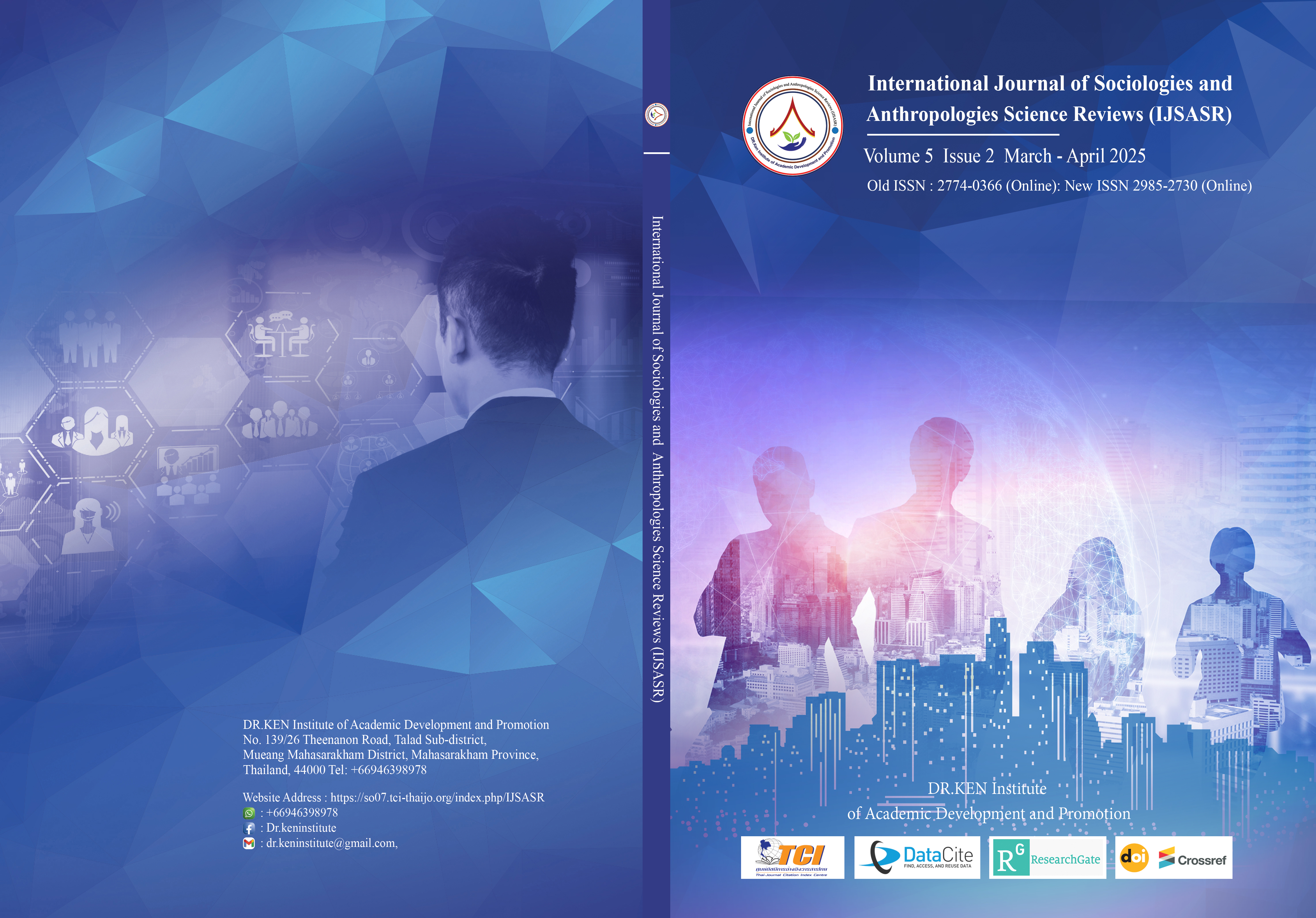Effects of Lower Limb Strength Training Program on Wushu Taijiquan Balance for Athletes in Lanzhou City
Main Article Content
Abstract
Background and Aim: Taijiquan is a kind of martial arts routine that contains both the connotation of fighting and combines with the performance posture. It has an extensive river basin and many factions. Its technical points are often very abstract, such as virtual collar, back pull, waist loose, shoulder heavy, wrist suspension, etc., which is difficult to quantify and describe with objective indicators, it is difficult for beginners to master, the training quality is difficult to evaluate, and the training effect cannot be guaranteed. The purpose of this study was to examine the effect of a lower limb strength training program on the balance of Wushu Taijiquan in Lanzhou athletes.
Materials and Methods: This study is quasi-experimental. The study can be divided into five study groups. (1) 50 Wushu Taijiquan athletes aged 18-21, and 6 Wushu Taijiquan coaches were selected from Lanzhou University Wushu Club, all of whom were interviewed. (2) Interview 6 coaches to understand the current situation and problems, (3) consult 5 experts, accept face-to-face and telephone email, and (4) analyze the martial arts training plan through the focus group discussion results of 12 experts. (5) The experiment was conducted by using the lower limb strength training method for 8 weeks. The training time is three days a week, Monday, Wednesday, and Friday, 90 minutes each week. The experiments were performed using standard means of variance, one-way analysis of variance (One-way ANOVA), and t-test. A questionnaire survey is a tool for collecting data.
Result: Stand on one foot with your eyes closed and the third test was. The first result of the Cross the boundary with single leg jump is, and the third test result is. It can be seen that both the mean and the standard deviation have increased significantly. It shows that the balance ability of Wushu Taijiquan athletes can be improved, and the 0.05 level is statistically significant. Consistent with the interpretation of the study
Conclusion: The results showed that both the mean and the standard deviation of the test items were significantly improved. Multiple method comparisons of single-legged standing with closed eyes and cross-boundary single-leg jumping showed significant anterior, middle, and posterior tests with P <0.001, indicating a more significant improvement in performance during the experimental intervention.
Article Details

This work is licensed under a Creative Commons Attribution-NonCommercial-NoDerivatives 4.0 International License.
Copyright on any article in the International Journal of Sociologies and Anthropologies Science Reviews is retained by the author(s) under the under the Creative Commons Attribution-NonCommercial-NoDerivatives 4.0 International License. Permission to use text, content, images, etc. of publication. Any user to read, download, copy, distribute, print, search, or link to the full texts of articles, crawl them for indexing, pass them as data to software, or use them for any other lawful purpose. But do not use it for commercial use or with the intent to benefit any business.

References
CAI Tan, T., & Meng, Z. (2014). Evaluation of human dynamic balance ability. 2014 Guangzhou International Symposium on Sports and Health.
Cui, Y. (2018). Effect of Tai Chi on cardiopulmonary and lower limb strength. Western Leather, 40 (16), 1-10.
Dong, F. (2008). Research on the development of competitive Wushu routines. Doctoral dissertation, Shandong Normal University.
Li, Y., & Fan, A. (2018). Study on the evolution of Taijiquan schools [D]. Shanxi Normal University
Liu, Q., & Huang, Q. (2013). Effects of Taijiquan on EMG activity of lower limbs. Medical biomechanics, 28 (3), 6-10.
Liu, R. (2013). Effect of Taijiquan exercise on the immune balance ability of non-PE major female college athletes. Shandong Sports Science and Technology, 35 (5), 87-90.
McCrae, R. R., & Costa, P. T., Jr. (2013). Introduction to the empirical and theoretical status of the five-factor model of personality traits. In T. A. Widiger & P. T. Costa, Jr. (Eds.), Personality disorders and the five-factor model of personality (3rd ed., pp. 15–27). American Psychological Association. https://doi.org/10.1037/13939-002
Wang, J. (2016). Characteristics and rules in the evolution process of Taijiquan schools. Journal of Shanghai Institute of Physical Education, 18 (4), 4-10.
Wang, Q. (1989). Review of strength training studies. China's Sports Science and Technology. 7, 17-26.
Yang, L., & Liu, Y. (2019). A review of the effects of Tai Chi on lower limb balance ability. Contemporary Sports Technology. 36, 2-12.
Yuan, J., Zhang, Q., & Lu, A. (2013). Application of the single-closed method in physical fitness test. Tissue Engineering Research in China, 17 (33), 6049






